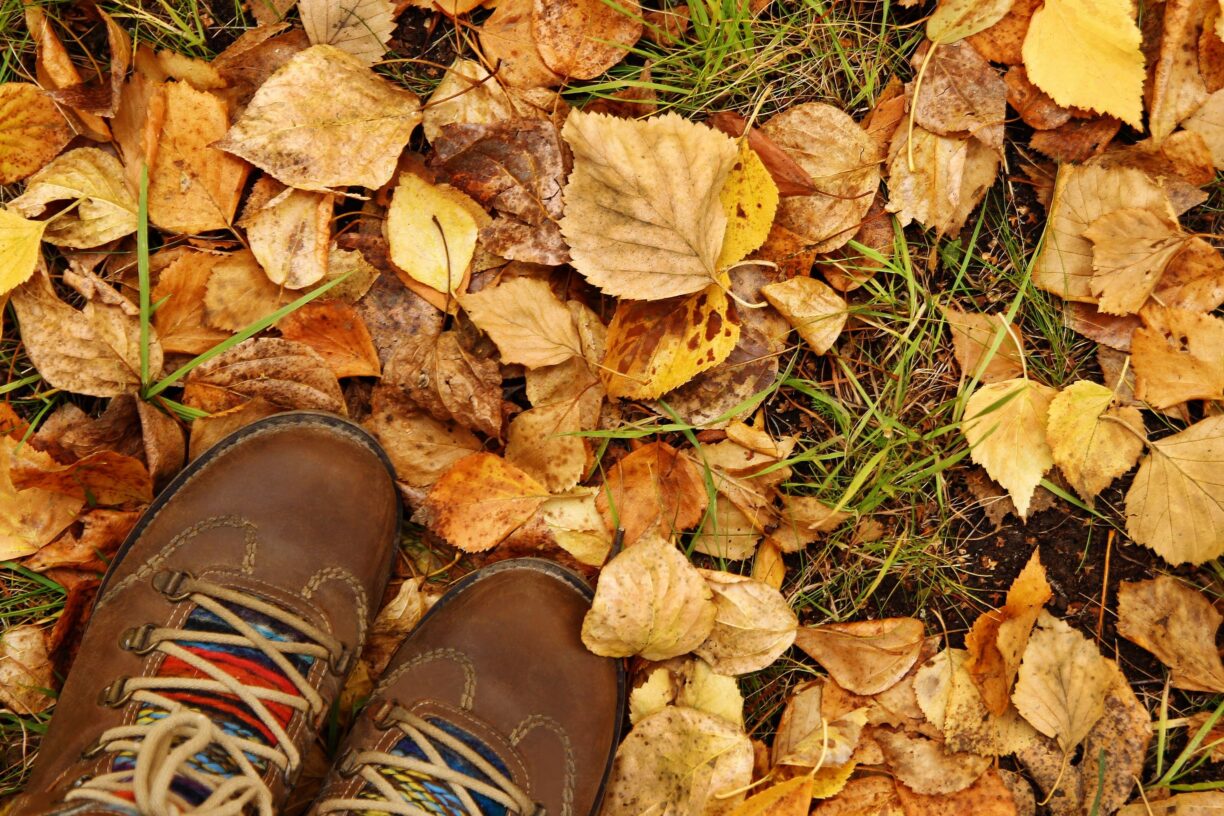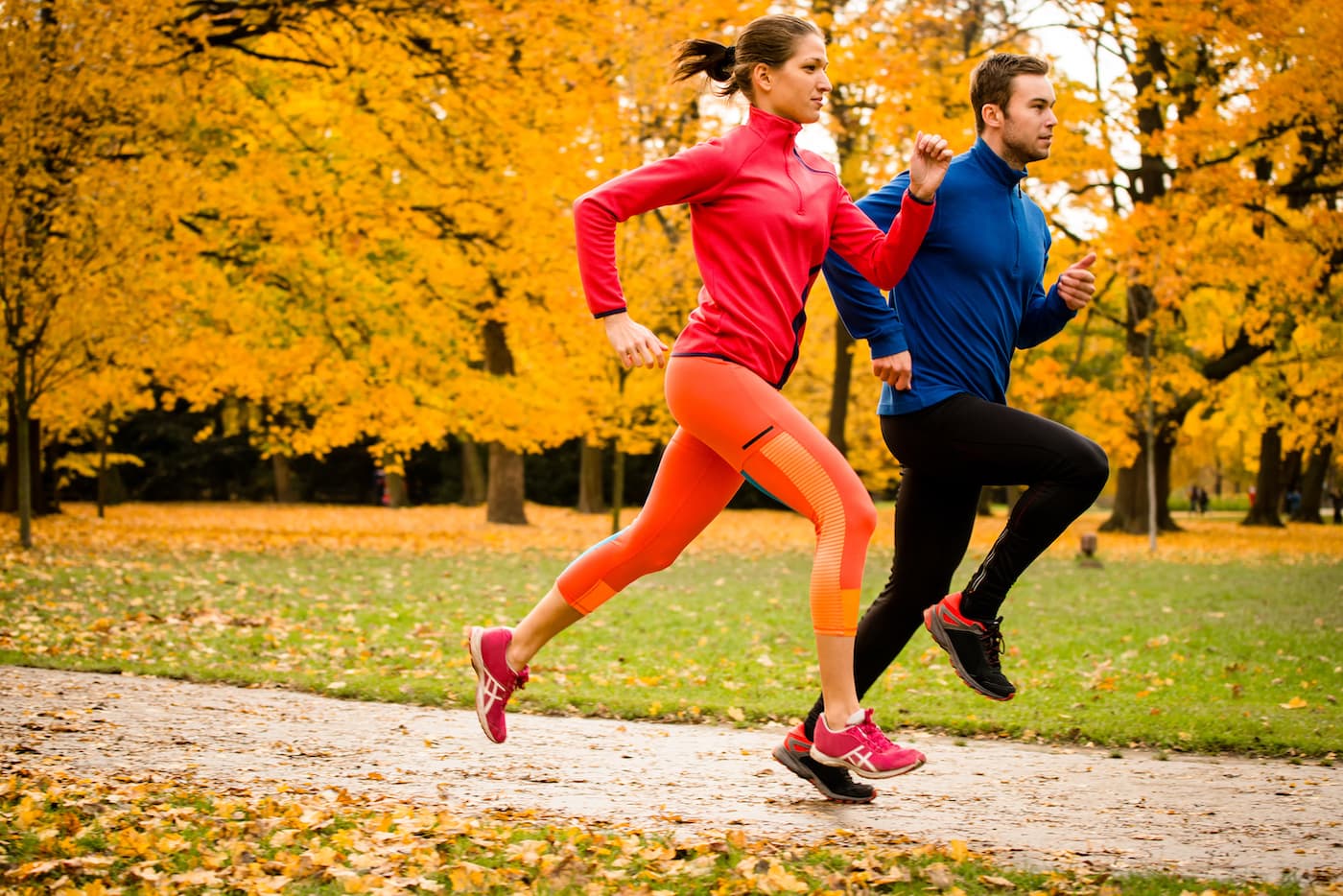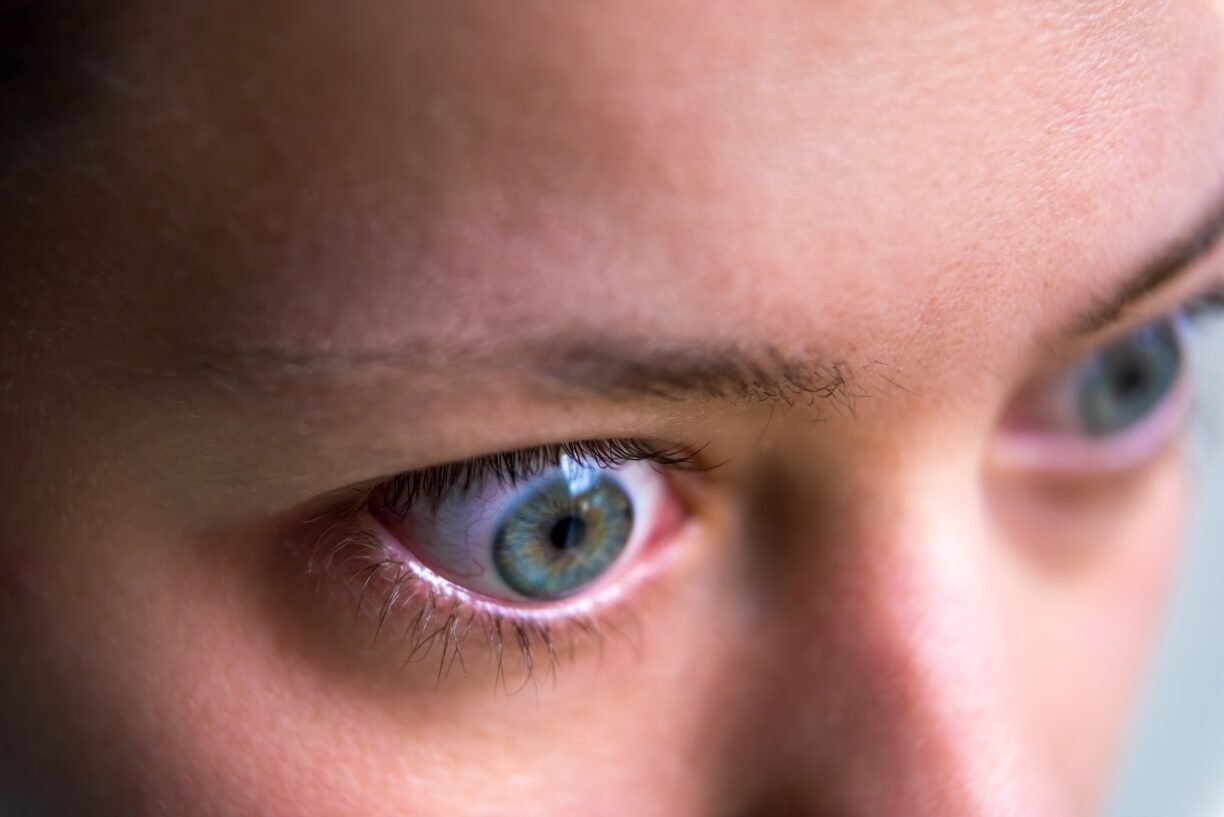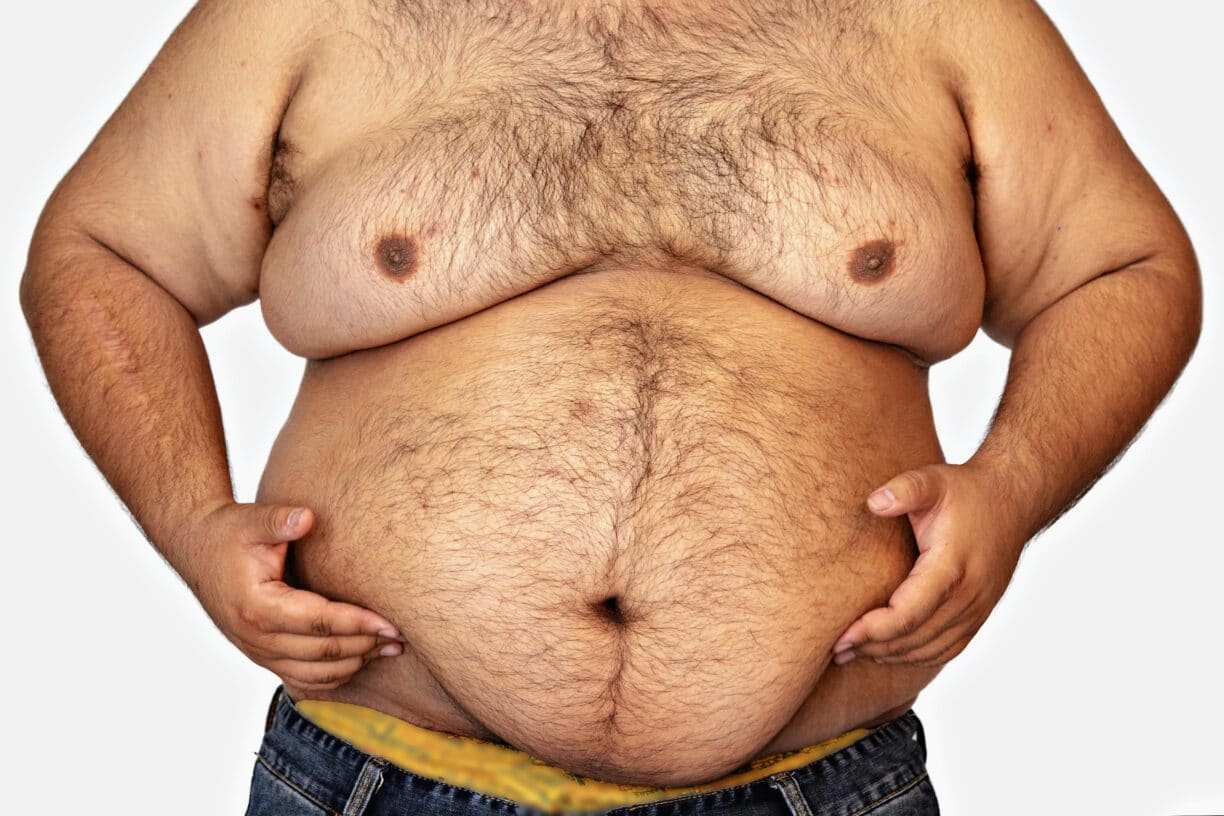Dreading the clocks going back? It’s common to feel sluggish and tired in anticipation of colder temperatures and longer nights.
As much as we want to bundle up and stay indoors, performance & wellbeing expert Jon Booker warns that not staying active will have significantly negative impacts on our overall wellbeing.
Studies have found that people tend to overeat and struggle to maintain a healthy weight in winter. A lack of exercise can exacerbate this.
That’s not all. The risk of heart attacks and insulin resistance surges due to decreased exercise and colder temperatures.
“It’s vital that exercise does not drop off the radar. Our bodies require consistent movement and caloric expenditure to sustain consistent energy levels and body function,” says Jon.
People are also actively seeking help online for ‘seasonal affective disorder’ with 144% more searches, reaching a new high. Coinciding with these, searches for ‘how to be happy’ are also peaking.
“The change in clocks can cause fatigue as our bodies require time to adapt to the shift, while a decrease in daylight hours can disrupt our circadian rhythm.
As a result, some experience a mood decline or may develop symptoms of Seasonal Affective Disorder,” says Jon Booker, performance & wellbeing expert at Westfield Health.
Brits are now being urged to move more and jump into autumn fitness, as seasonal changes can seriously impact hormone levels and brain function.
Autumn is the perfect time for exercise

During this season, being active is often easier than in the summer or winter months. Consistent exercise promotes a strong immune system, helping you stay healthier and fight off the oncoming hits from cold and flu viruses.
“The mild temperatures reduce the risk of overheating, allowing longer, more comfortable workouts. Lower humidity levels can also improve breathing and minimise the discomfort often associated with high humidity, making outdoor activities more enjoyable”
Staying active helps regulate energy levels as daylight shortens. By prioritising your physical health, you can say goodbye to the symptoms of SAD and set yourself up for a better work-life balance.
It’s also ideal for those who like to stay active during the day, whether you prefer a walk, jog, or hike, as getting outside for a break can help you feel more refreshed and energised.
“Autumn temperatures are perfect for outdoor activities like running, hiking or cycling, offering great cardiovascular and muscle benefits,” advises Jon.
Performance & Wellbeing expert shares his top tips for autumn fitness

Exercising in autumn can be refreshing but requires adjusting to the changing weather and daylight. Jon shares his advice for getting fit this season:
- Choose breathable and quick-drying fabrics to keep you comfortable throughout your workout. This means you can cover up without being a sweaty mess.
- Time your workouts according to the daylight hours. Websites and apps (like the weather app) show the sunrise and sunset each day. Early morning and evening workouts can be challenging due to low light, impacting your visibility and energy levels.
If you have to shorten your workouts due to daylight, Jon recommends adding extra walks throughout your day to increase blood flow and give yourself an energy boost. Still keen to go out when it’s dark? He urges that reflective gear and clear lighting (like a headlamp or clip-on LED lights) are critical for visibility and safety.
- Get creative with your fitness choices. Hiking, trail running, and cycling are great ways to take advantage of the crisp air and scenic landscapes. While long dog walks, visiting heritage sites, and even walking to your local coffee shop or supermarket are brilliant for those who need lower-impact exercise.
If you prefer an indoor workout, joining a gym or leisure centre near work or home is a great option. If you have access to a health cash plan, Jon also recommends checking this for benefits like discounts and memberships that might be offered through the provider.
- Hydration is key, no matter the weather. Even when you aren’t sweaty and out of breath, staying hydrated is important. Your body will still lose fluids during light, medium, or intense exercise, so drink water regularly throughout the day – 2 litres is an ideal daily goal.
- Fuel yourself with hearty, nutritious foods. As the weather cools, it’s common to crave comforting foods. Reward your body with balanced meals – proteins, whole grains, and plenty of seasonal vegetables support your energy and recovery. Comforting food can also be nutritious; it’s all in the prep and recipe.





